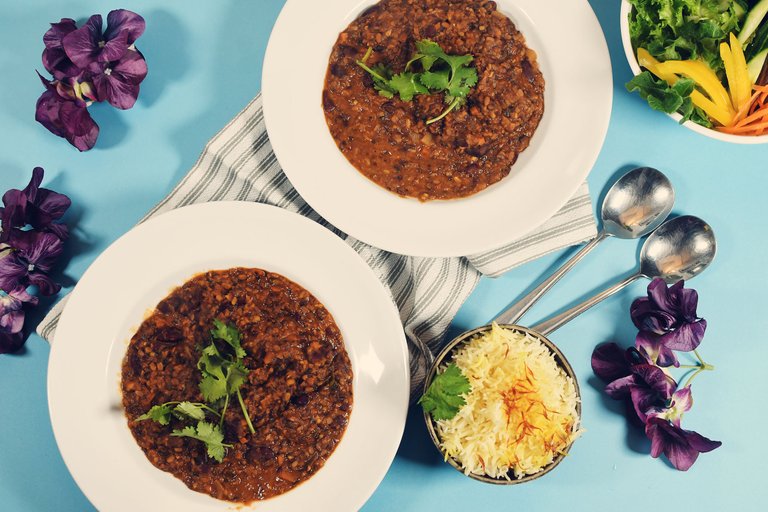
This is the first time I have tried this particular traditional Indian dish.
I don't go to restaurants anymore so if I feel like having an international dish, I make the plant based version myself as best that I can. My recipes are inspired by researching many traditional recipes. Most of those recipes vary but have common items.
This particular dish should have a smoky flavor which is traditionally created by using the smoke of coal.
That is not possible here where I am unless I could cook outside. Right now we are covered in snow and the temperatures are around - 7 C, around 19 F.
The last time we tried to have a winter barbecue in the park, someone called the fire department so we won't be doing that again.
I substituted the coal smoke flavor for some liquid smoke that we buy from the store. It's not the same I'm sure.
This dish usually uses red beans and black lentils (urad dal). I happened to have split black gram with the husks so I used those instead. I also happened to be given a huge can of red beans from the restaurant where I used to work. I didn't have to buy much for this dish. The red beans from the can of course are already cooked and the dry lentils were rinsed very well then soaked the day before. I cooked them the next day until tender but not too soft.
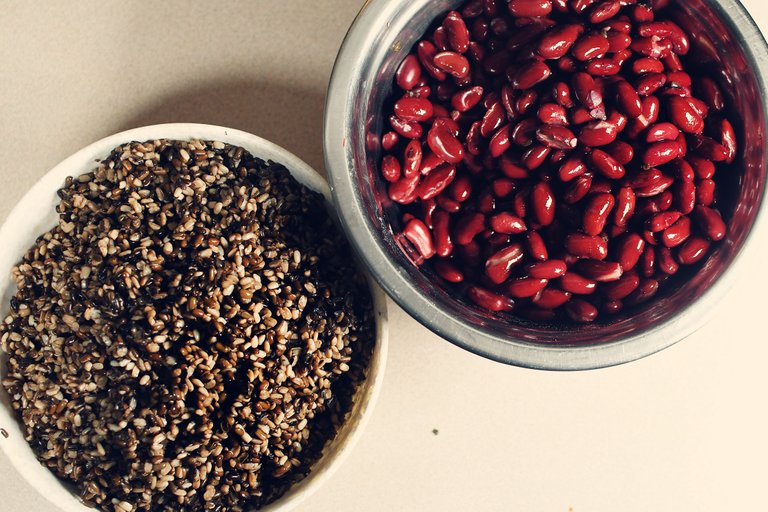
One ingredient for this dish, that many recipes called for was kasuri methi or fenugreek leaves. Here in Canada I have only seen fenugreek seeds. Most people here would not even know about kasuri methi.
Most of the information said that there was no substitute for the leaves. I found this strange, that the seeds would not be a good substitute. I wouldn't have known, since I had never tasted it, let alone seen it. One source said that you could use celery leaves, which I added to the dish, but I needed to get my hands on this item to satisfy my curiosity.
I took a train down to an Indian store that I knew of to see if they had it. When I got there it was closed. There was no way I was going back there the next day. I don't like public transportation.
I decided to order it online but I made the dish before it arrived so I didn't get the photo of the leaves. It was added to the dish the next day when we ate it.
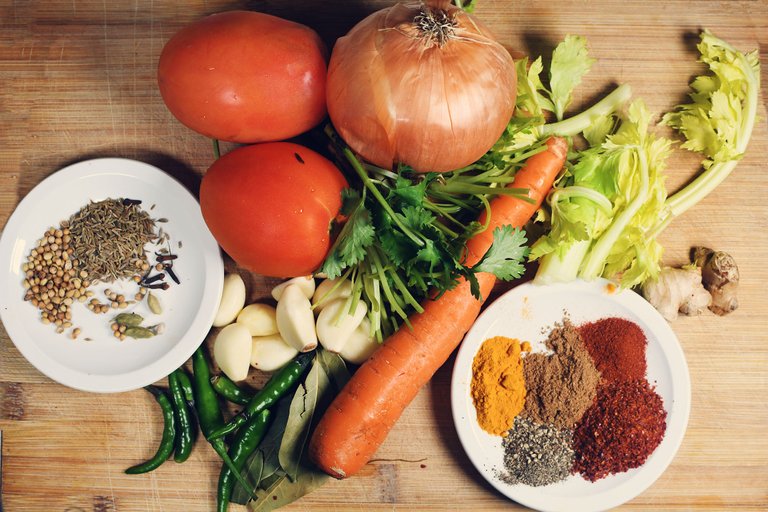
The following recipe is approximate. I like certain flavors more than others and the chilies are to my preference. I have also probably used different ratios of beans and lentils then typical. I wanted to use as much red bean from the huge can.
Dal makhani
4 cups cooked red beans
4 cups cooked black gram (I used split black gram with husks)
1 medium chopped onion
2 cups chopped roma tomatoes or canned
1 cup tomato paste
5 cloves garlic
6 green chilies
1 inch piece ginger
1 cup minced celery with leaves
1/2 cup minced coriander stems and roots
4 drops liquid smoke
1 tablespoon agave nectar
1 cup soy cooking cream
3 tablespoons vegan butter
Salt to taste
4 cups vegetable broth
1 cup minced carrot
1 teaspoon cumin seeds
1 teaspoon coriander seeds
4 whole cloves
3 cardamom pods
1 tablespoon turmeric
1 tablespoon chili powder
1 teaspoon black pepper
1 tablespoon garam masala
1 teaspoon smoked paprika
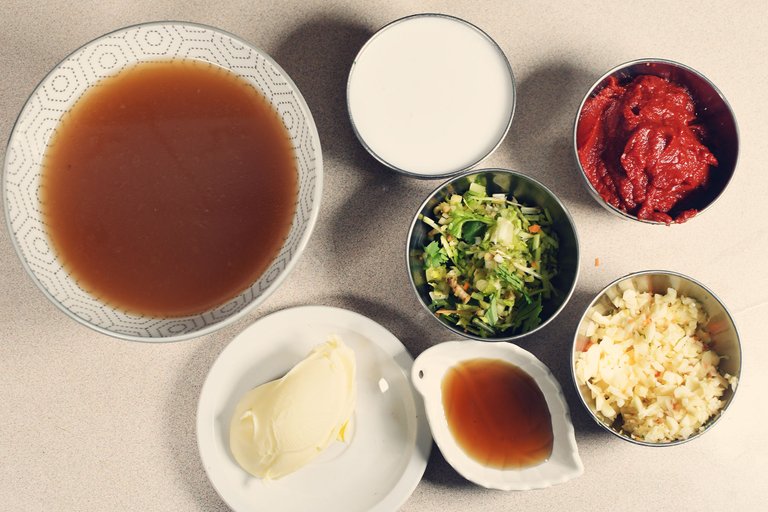
I know that some people fry their whole spices and some toast them. I toasted them to make it easier. I make sure the aroma is fragrant without burning them.
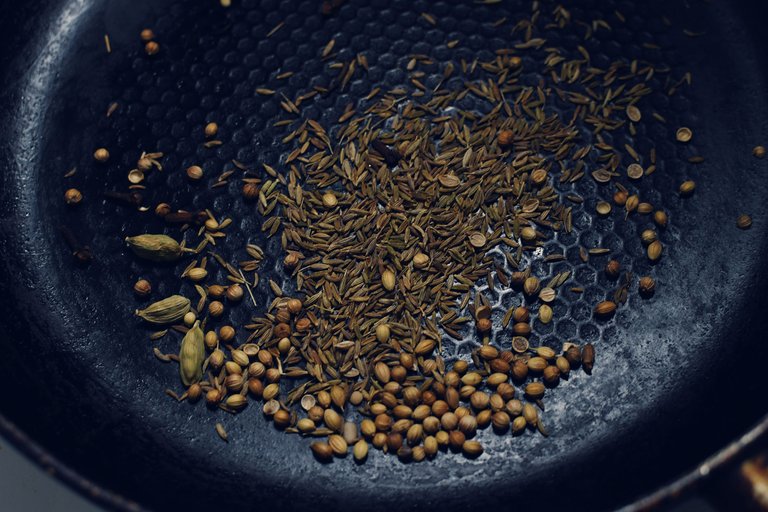
I used my cheap, almost broken mortar and pestle this time but I often just put it in the electric grinder. It's just what is most handy at the time.

After heating a pot with a good amount of oil I add the onions and other items including the spices. I usually cook the onions first until browned then add other items to do the same thing. I decided to take a short cut to save time, and added mostly everything at once. I ensured that they were all nicely cooked and browned together before adding the liquid. Doing it this way means using more oil to fry each item for maximum flavor.
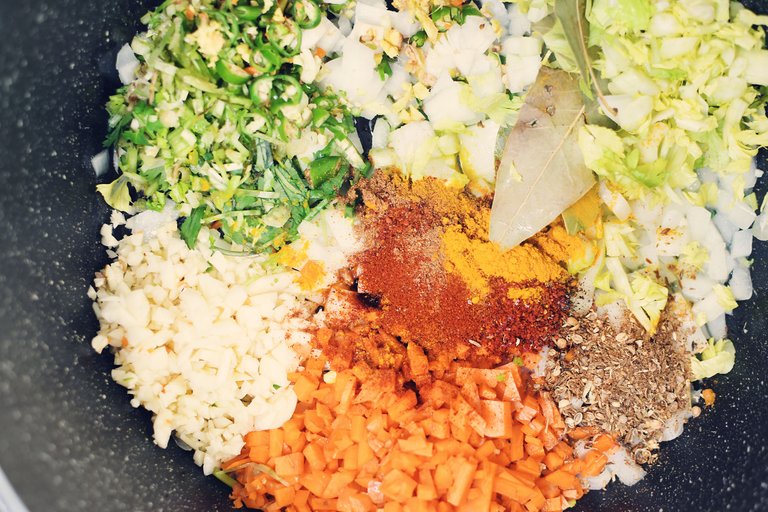
I made sure the tomato paste was well cooked to avoid a raw tomato paste taste which I don't like much.
I decided to add the butter at this point to add some more oiliness to the pot. If you don't want all the fat you certainly could omit the butter. I just wanted this to be as close as possible to the real thing.
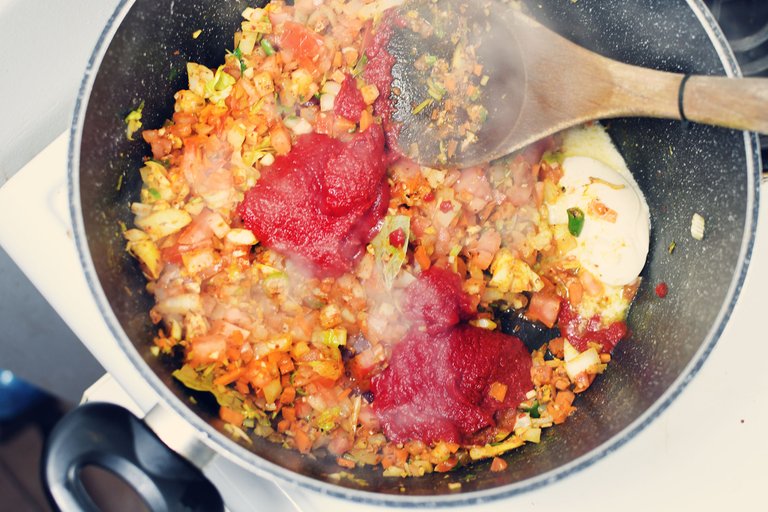
I added the vegetable broth after the other items were cooked down.

I threw in the cooking cream at this point but perhaps most people would have added it at the end. I'm not sure.
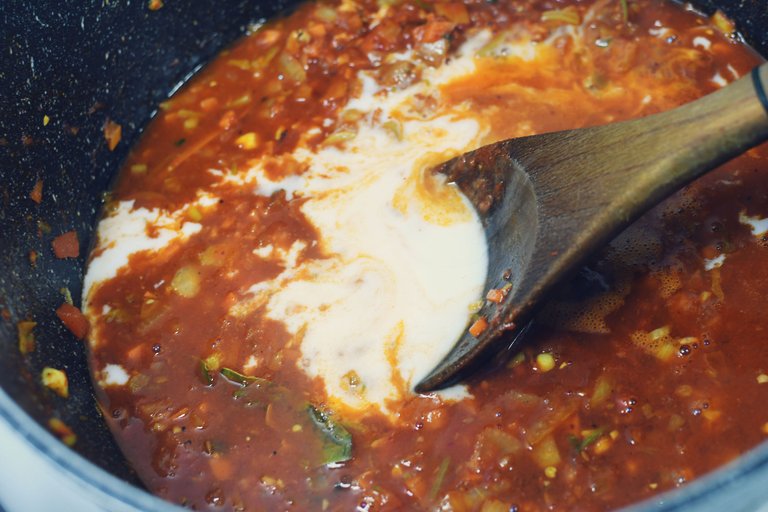
The final additions were the beans and cooked lentils.
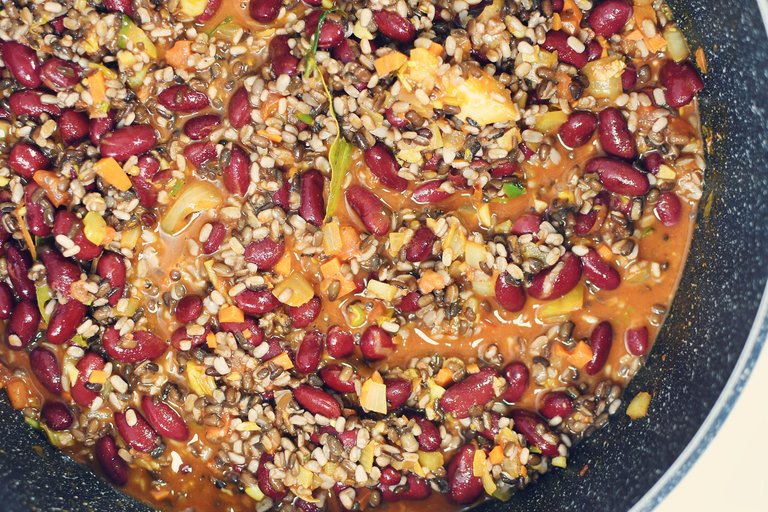
After simmering on very low for around 45 minutes (I didn't time it), I blended it slightly with a hand blender. This makes it creamy like it's supposed to be. It should have small chunks left for texture.
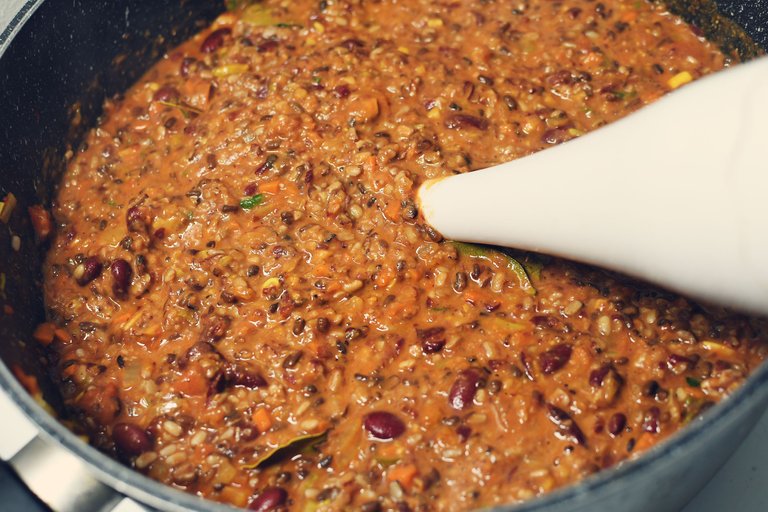
I made basmati rice to go with it. The last time I went to the Indian grocer I noticed a bag of saffron. I asked the guy if it was real, and he hesitated to answer me then his phone rang, so I just paid and left with it. It was a fairly large bag for the price. I know I did not get real saffron. I put it in the rice anyway. It doesn't have much colour or flavor, but I will just use it until it's gone.
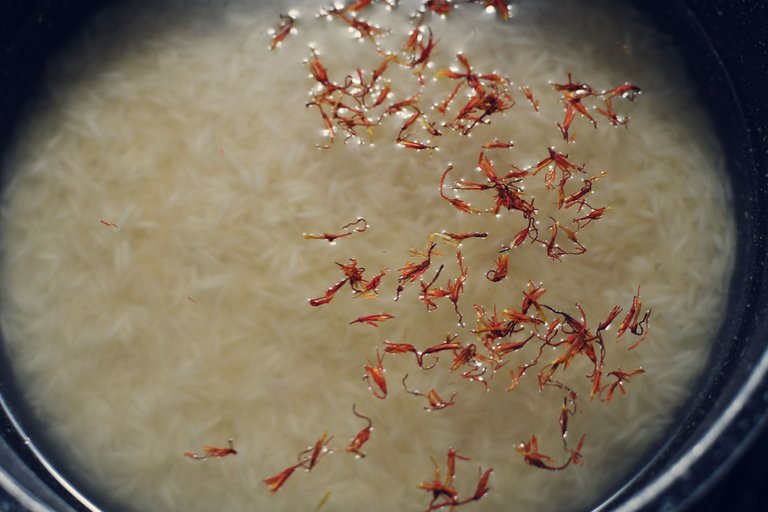
The next day we ate the curry. I knew when the kasuri methi would arrive. It came on time. When I reheated the curry I added the leaves to it.
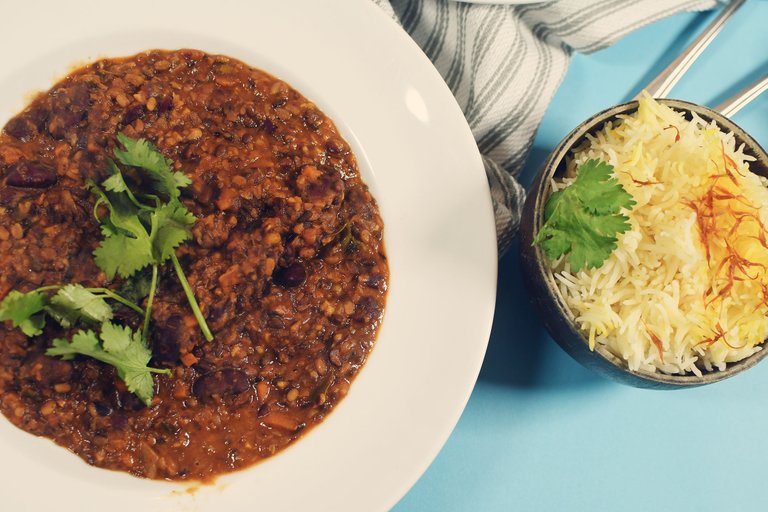
I was a little shocked that the kasoori methi tasted not much different from the seeds. It was said that there is a big difference. I didn't get that. I think that using the seeds would have been sufficient but I'm no expert.
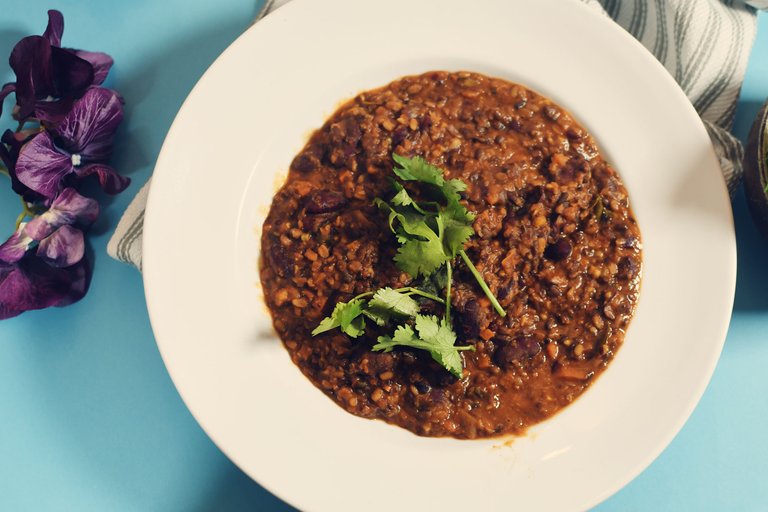
This is often served with yogurt, which I didn't have. I sometimes get vegan yogurt or make a cashew cream. It really wasn't necessary as this curry was so full of flavor and was creamy enough as it was.
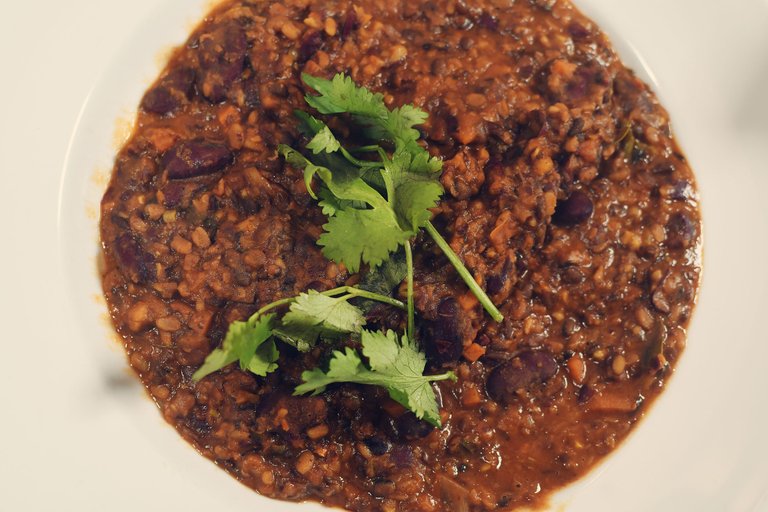
With Indian cuisine, there are so many discoveries to be made. Spice blends and herbs that we don't use here in Canada are so interesting. I guess the same goes for many types of traditional international foods.
I would have to live many lives to experience them all.
Thanks for dropping by and have a great day.
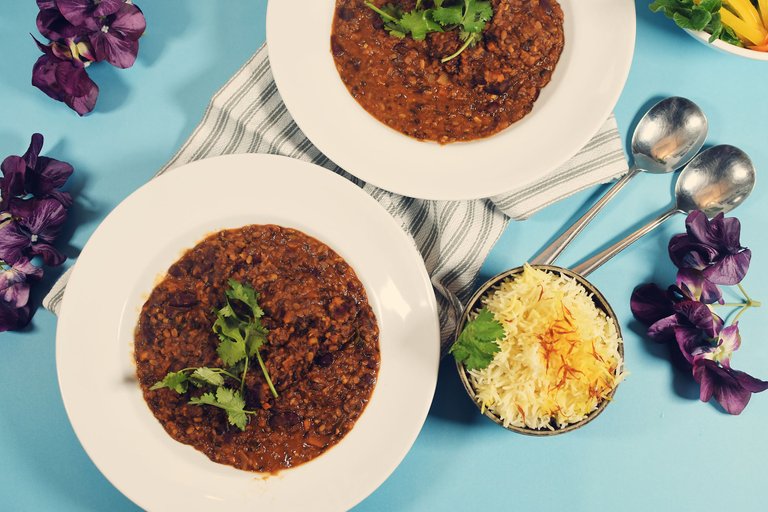
Photos taken with a Nikon D7500
 design by: @KidSisters
design by: @KidSisters

 You've been curated by
You've been curated by 
